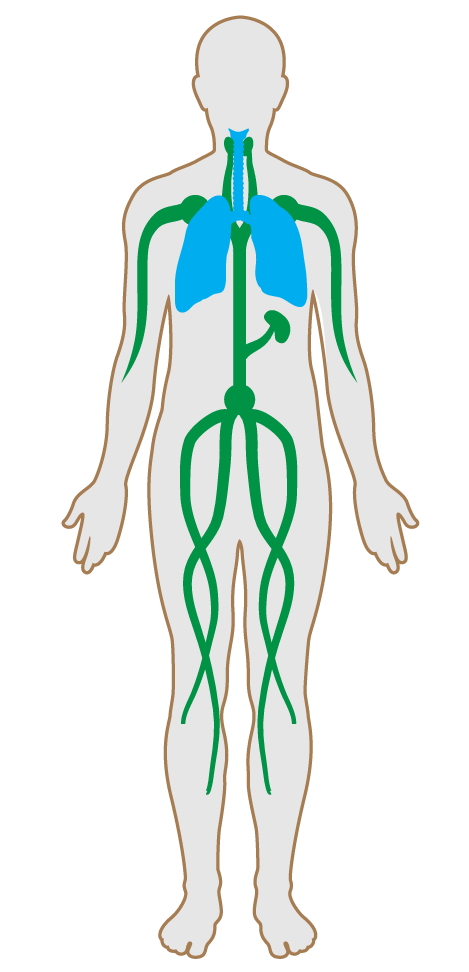Humidity control
- 01 Air quality standards
- 02 Smoking ban
- 03 Ventilation effectiveness
- 04 VOC reduction
- 05 Air filtration
- 06 Microbe and mold control
- 07 Construction pollution management
- 08 Healthy entrance
- 09 Cleaning protocol
- 10 Pesticide management
- 11 Fundamental material safety
- 12 Moisture management
- 13 Air flush
- 14 Air infiltration management
- 15 Increased ventilation
- 16 Humidity control
- 17 Direct source ventilation
- 18 Air quality monitoring and feedback
- 19 Operable windows
- 20 Outdoor air systems
- 21 Displacement ventilation
- 22 Pest control
- 23 Advanced air purification
- 24 Combustion minimization
- 25 Toxic material reduction
- 26 Enhanced material safety
- 27 Antimicrobial activity for surfaces
- 28 Cleanable environment
- 29 Cleaning equipment
- P9 Advanced cleaning
16. Humidity control
Extremely low humidity can lead to dryness and irritation of the skin, eyes, throat and mucous membranes. Conversely, high humidity may promote the accumulation and growth of microbial pathogens, including bacteria, dust mites and mold, which can lead to odors and cause respiratory irritation and allergies in sensitive individuals. Additionally, higher humidity levels can lead to increased off-gassing: an increase in relative humidity of 35% can increase the emissions of formaldehyde by a factor of 1.8–2.6.
This feature requires buildings to provide humidification when relative humidity is low and dehumidification when relative humidity is high. This feature is dependent on local climate conditions and expected humidity.
At least one of the following is required:
The following is required between showers and locker rooms, if present:

Applicability Matrix
| Core & Shell | New & Existing Buildings | New & Existing Interiors | |
|---|---|---|---|
| Part 1: Relative Humidity | - | O | O |
| Part 2: Shower Moisture Barrier | - | - | - |
| Part 3: Kitchen Humidity | - | - | - |
| Commercial Kitchen | Education | Multifamily Residential | Restaurant | Retail | |
|---|---|---|---|---|---|
| Part 1: Relative Humidity | O | O | O | O | O |
| Part 2: Shower Moisture Barrier | - | O | - | - | - |
| Part 3: Kitchen Humidity | - | - | - | - | - |
Verification Methods Matrix
| Letters of Assurance | Annotated Documents | On-Site Checks | |
|---|---|---|---|
| Part 1: Relative Humidity | MEP | Spot Measurement | |
| Part 2: Shower Moisture Barrier | MEP | Architectural Drawing | Spot Check |
| 16.1.a |
The EPA's A Brief Guide to Mold, Moisture, and Your Home recommends maintaining relative humidity between 30% and 50%. |
| 16.2.a |
The guide states to consider an airlock or ventilation barrier between showers and locker rooms. |
